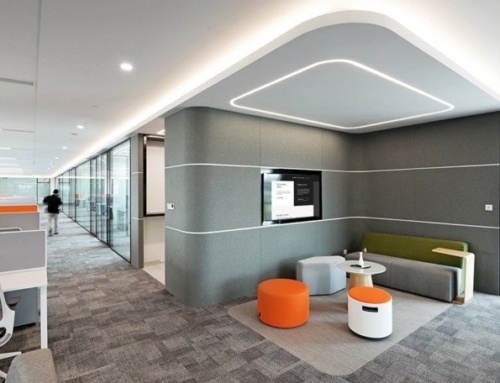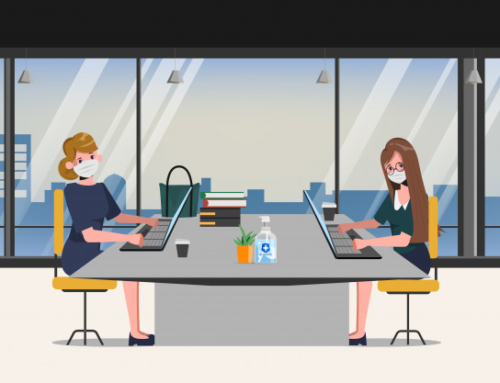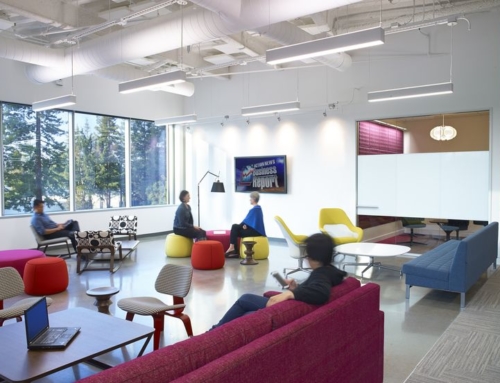People in the commercial construction industry, including us here at H.W. Holmes, Inc., like to talk about office market trends. This very blog is full of such talk and our own projections about where the office market is headed. Here we’d like to debunk some common misconceptions people may currently have based on what they’ve been reading or hearing.
Misconception #1 – Office Workers No Longer Want or Need Privacy
While it’s true that open layouts – intended to spur collaboration – are replacing cubicles, not every office is into this trend. What worked for Google may not work for every type of company. Some companies still prefer short cubicle walls between workers and private offices for management. It’s largely dependent on the nature of the work or the average age/preferences of office staff. For instance, a company primarily staffed with baby boomers likely doesn’t need a collaborative area with bean bag chairs.
In fact, open offices have been shown to actually decrease productivity at certain offices. Many employees simply don’t like the lack of privacy. Others feel open offices are too distracting and detrimental to their concentration/focus, creativity, and productivity. Open offices have even been found to be bad for employee health. Companies deploying open-plan offices often see an increase in employee sick days.
Regardless of what tech companies or advertising/creative agencies prefer, there’s still a demand for private offices and assigned workspaces. Particularly in the corporate world.
Misconception #2 – Co-Working Spaces Are Replacing Traditional Offices
According to the Bureau of Labor Statistics, approximately 16 million people in the U.S. are self-employed. Clearly, these contracted freelancers and entrepreneurs need a place to work from. Home offices and coffee shops can be isolating and monotonous.
Co-working spaces like WeWork are a trending business model throughout the country. Co-working operations essentially lease a space and build out an office. Remote workers then pay a cover charge or monthly rent to be part of this communal workspace. Those paying a premium rent typically have their own assigned workspace and access to special services and amenities. It keeps workers without a home base from working in solitude and promotes networking and collaboration.
Continued growth is projected for co-working spaces, but it’s also a niche industry. Such operations are more profitable in high population cities. While more companies are letting employees work remote, the companies themselves still need a home office. And workers may want their time out of the office to truly be away from any type of office. Coworking spaces may continue to pop up everywhere, but not all will prosper and survive. They’ll just be another possible tenant for a commercial building owner.
Misconception #3 – The Suburban Office Market Is Dying Off
Although many companies are relocating to downtown spaces to attract younger workers, suburban locations are still thriving. Headlines forecasting the demise of the suburban office market are a bit hyperbolic per JLL research. Despite what you read, not all millennials want to live, work, and play in the city. In most major markets, the office market in surrounding suburbs is quite healthy.
Misconception #4 – There Will Soon Be No Need for Office Space
This has been said since the advent of the mobile workforce. Mobile technology has enabled workers to seamlessly connect and collaborate from anywhere at anytime. As a result, workers are working away from the office more. Whether it’s from a home office, coffee shop, co-work space, or in an entirely different city, state, or country.
This has many predicting that virtual offices will soon eliminate any need for a physical office space. Although many companies now offer employees the flexibility to work remote part-time, they still want employees in-house at certain times. Face-to-face collaboration and in-person team or client meetings still necessitate a physical office space for most enterprises. While workplace mobility may mean less space per employee, physical office locations won’t become obsolete. People will still be required to or even want to work from the office.






